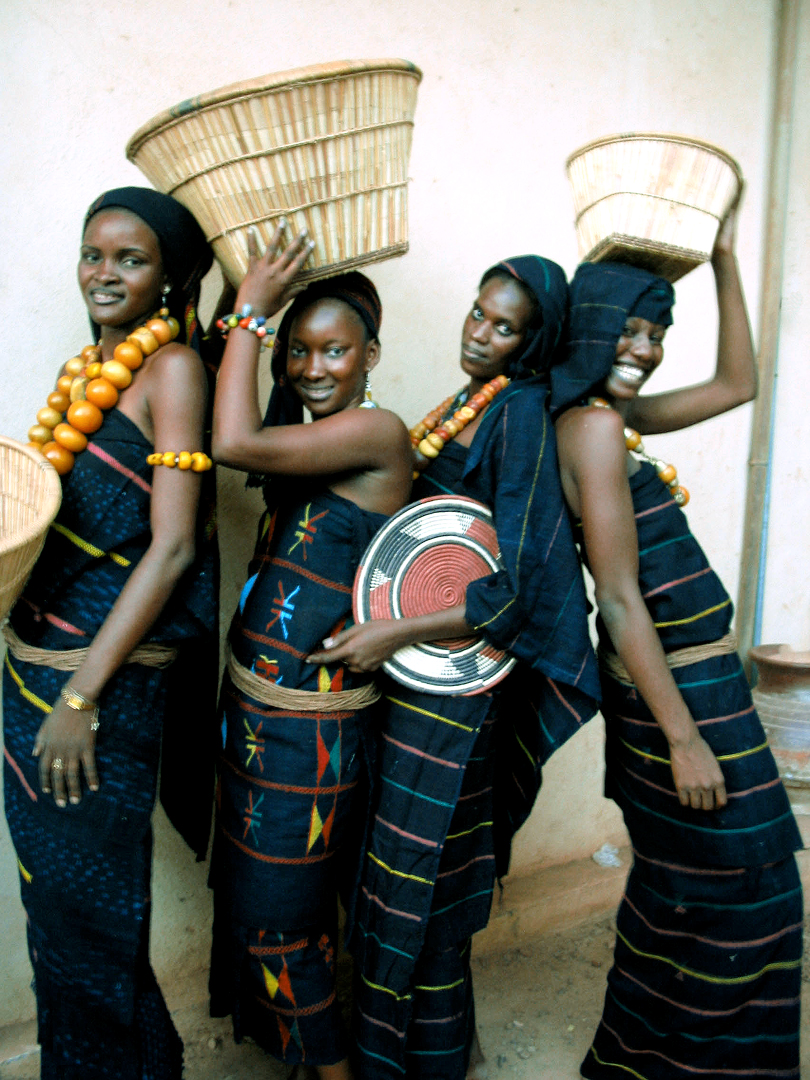
I presented Gala: Importance of Indigo in Malian Culture, this short paper, virtually at the 12th International Convention of Asia Scholars (ICAS12) in Kyoto, Japan.
The cultivation and weaving of cotton dates back more than a thousand years in Mali, as do the techniques for processing and dyeing with indigo which grows wild and is also cultivated.
Archeological excavations at the Bandiagara Escarpment in the 1960’s unearthed remnants of indigo dyed cloth dating from the 10th to 12th centuries whose manufacture and motifs are similar to those found today.
In Mali, the word “indigo” refers to the plants, the dyes made from them and the cloth dyed with indigo. The importance of indigo is underscored by the fact that in common parlance, the word indigo is also used for any dyed cloth no matter the color or if the dye was natural or synthetic.






